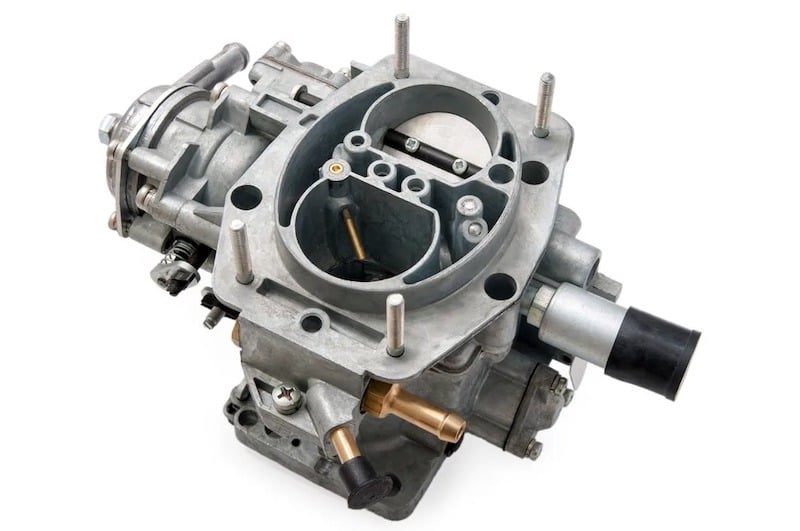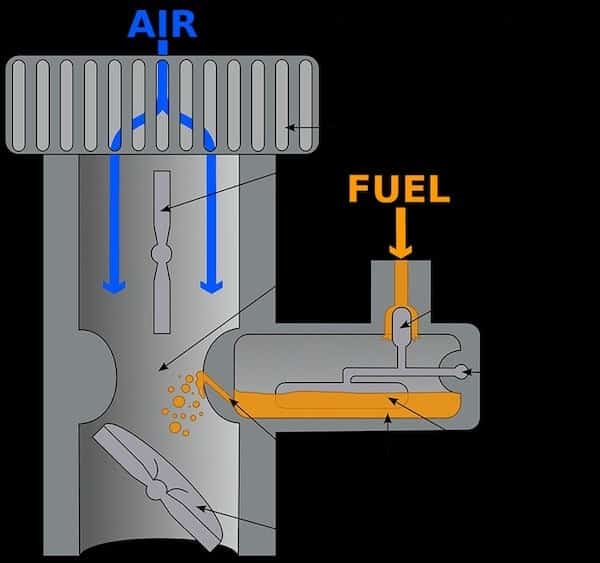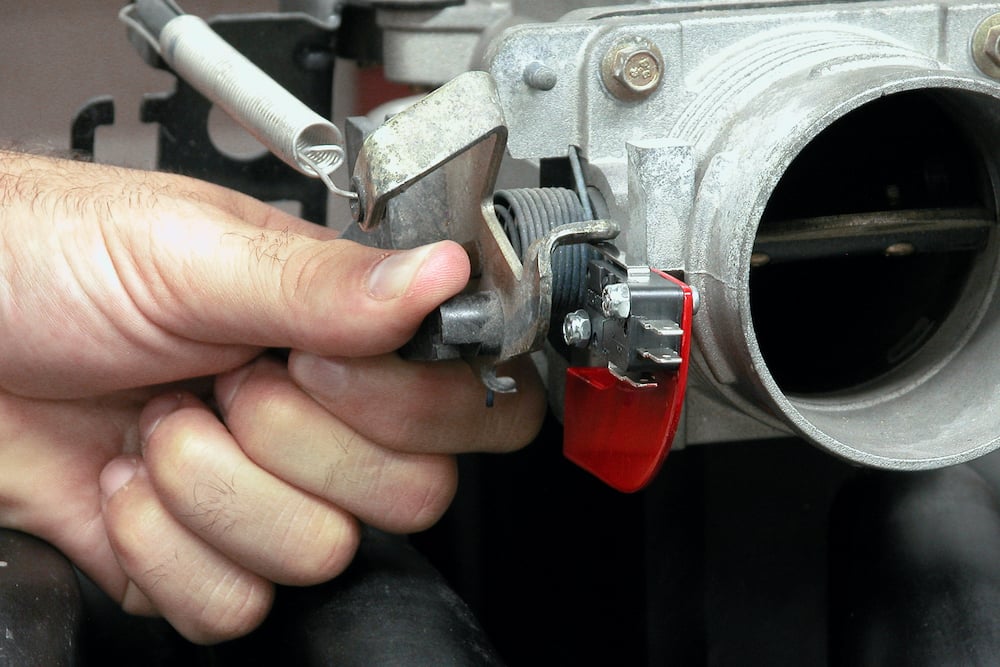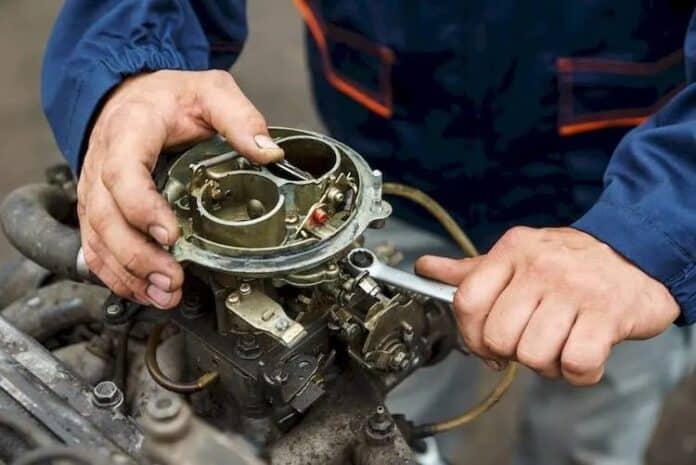How about XeroDrive.com giving you a quick and broad overview of what a carburetor is and how it works within a car’s fuel system?
1. What is a Carburetor?
A carburetor is a component that ensures that gasoline and air are combined in precisely the right proportions and that the resulting mixture reaches the engine’s cylinders.
Carburetors have provided fuel directly into the engines of every single vehicle throughout the years, from legendary race cars to the popular top-notch luxury cars that have been used over the years, even though they are virtually ever found in modern automobiles.
In NASCAR, carburetors were still in use as recently as 2012, and many antique car aficionados still drive carbureted vehicles daily. Carburetors must unquestionably offer something extremely distinctive to those vehicle fans if you consider the enormous number of devoted car enthusiasts who continue to use them. What then might it be?

Carburetors might be rarely used in modern-day cars, but they sure have made a big mark in the automobile industry.
2. Carburetor: How does it work?
In order to draw fuel and air into an automobile’s cylinders, a normal carburetor depends on the vacuum that is typically created by the engine of the vehicle.
People have used this approach for a long time because of how straightforward it is. Normally, the throttle opens and shuts, allowing less or more air to enter the car’s engine immediately. This air now passes via a small aperture known as a “Venturi.” The vacuum that was previously indicated results from the airflow necessary to enable a combustion engine’s continued operation. Just think of a river running normally to visualize or get a sense of how a venturi operates.

By picturing a flowing river, one can easily understand the operations of a Venturi in a carburetor system.
The river will flow naturally at a constant rate along its whole length, with very little variation in the depth of the flow. The water will naturally hove to increase its speed, much like when a river has a small part. Then, after encountering this bottleneck, when the river in question suddenly returns to its original width, its water will shockingly maintain the same velocity as before. Because of this phenomenon, water that was once on the opposite side of the bottleneck and was moving faster now pulls water in the opposite direction, thus producing a vacuum.
The Venturi is mostly responsible for providing the carburetor with sufficient vacuum so that the air passing through it can steadily take gasoline from the jet. When looking inside a Venturi, the jet may be seen as an opening where air and fuel are often combined before the fuel, which typically originates from the float chamber, enters the car’s cylinders.
In this situation, the float chamber typically stores a tiny amount of fuel, acting more like a reservoir, and it facilitates fuel flow to the jet whenever it is required. When the throttle is opened, more air is always sucked into the car’s engine, along with more fuel, which eventually causes the engine to produce greater power.

A wide-open throttle allows more air together with more fuel to be drawn into the engine of a car
The main problem with the standard carburetor design is that the car’s throttle must be opened in order for the engine to receive fuel. An idle jet is in charge of enabling a tiny amount of fuel to actually enter the engine cylinders to prevent the engine itself from stalling in this situation since the throttle is normally always closed at an idle condition. The escape of extra fuel vapor from the float chamber is one of the design’s other minor flaws (s).
Carburetors have been produced in a variety of sizes and shapes over time. While larger vehicles may actually need as many as 12 jets only to move and operate, smaller vehicles may only employ a form of a single carburetor with a single jet to get gasoline or gas into their engines.
The period of the barrel is now in effect. The term “barrel” refers to a particular type of tube that houses the Venturi and jet, but it most often describes a multi-barrel carburetor.
How Carburetor Works
Due to the availability of 4- or 6-barrel layouts, multi-barrel carburetors at the time were the norm. More fuel and air entered the car’s cylinders since there were more barrels. There were certain engines back then that even had numerous carburetors.
Sports vehicles, on the other hand, frequently left the factory with just one or one carburetor per cylinder, much to the dismay of the auto mechanics of the day. They would all need to be calibrated differently as a result. The temperamental power plants were also more susceptible to any type of tuning errors made and tended to frequently require tuning. All of these problems played a significant role in why “fuel injection” initially gained popularity with sports vehicles before extending to everyday road cars later.
3. Carburetors: Where have they all gone?
Carburetor production has been gradually phased out by automakers since the 1980s, favoring the production of direct fuel injection in their place. Even though they both perform the same function, the most sophisticated modern automobile engines have progressed past carburetors and adopted a much more accurate and programmable fuel injection technology. Several factors for this include:
- Although one or two injectors are occasionally used to give gasoline to several engine cylinders, fuel injection can send fuel straight into the cylinder.
- With carburetors, idling can be very challenging, but with fuel injectors in cars, idling is now very straightforward.
- Fuel injection systems are typically more accurate than carburetors and waste less gasoline.
Final Words
Although carburetors are now obsolete, they still play a significant role in the automotive industry and operate creatively, which is essentially mechanical. Auto enthusiasts have had the opportunity to gain firsthand knowledge of how fuel and air are actually introduced into an engine and ignited to maintain the vehicle in continuous motion by working with various carbureted engines regularly over time.
Meanwhile, if you want more useful tips and advice like this, navigate here: -> Car Care


